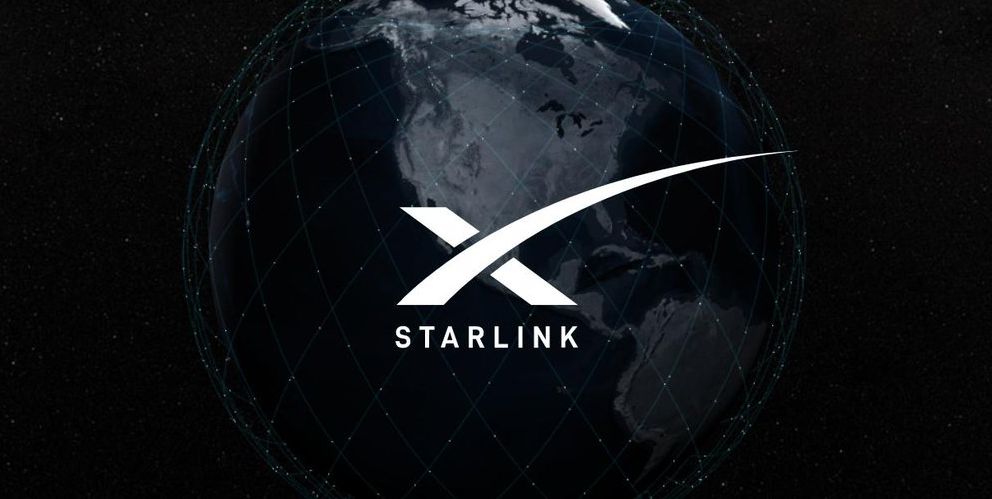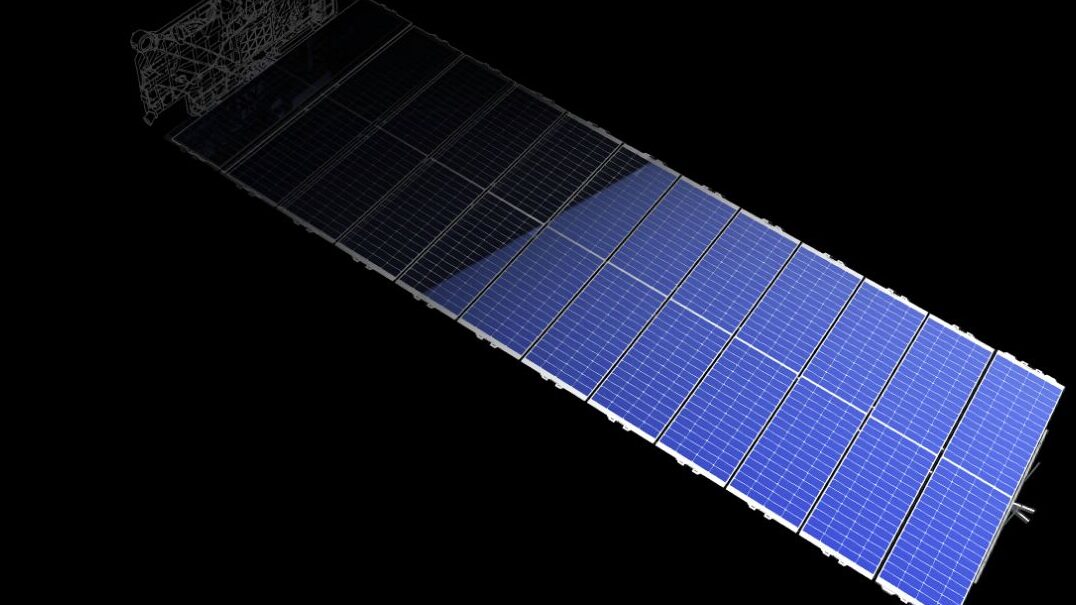Affiliate links on Android Authority may earn us a commission. Learn more.
What is Starlink? Elon Musk's satellite internet service explained
Published onApril 12, 2023
The dream of accessing the internet no matter where you live might become a reality sooner than you might think. In 2015, SpaceX, the company owned by technology billionaire Elon Musk, announced it was developing a service called Starlink. But what is Starlink, exactly? Keep reading as we reveal more about this highly ambitious space internet service.
How does Starlink work?
Once it becomes fully operational, Starlink will offer internet access from virtually anywhere on the planet. While traditional satellite internet uses a few single satellites orbiting more than 22,000 miles above us, these satellites are so far up because they need to be at a point where any dish can access them. Starlink is different, utilizing tons of small satellites in low Earth orbit — or at altitudes of 342 miles. Each of these small satellites talk to each other to blanket a region with internet access. The end result is faster speeds and much lower latency. This makes for a internet experience that performs closer to cable internet than you’d find from satellite providers like Hughesnet.
Elon Musk’s Starlink has FCC approval to launch 15,000 small satellites into low Earth orbit and eventually hopes to expand that goal to 42,000 to give true across-the-globe coverage. As of April 2023, there are currently 3,660 active satellites.
What do the satellites look like?
Each satellite in the Starlink project weighs just 573 pounds (260kg). The body of each satellite is flat, and up to 60 of them can fit into one of SpaceX’s Falcon 9 rockets. Once put in orbit, a single large solar array comes out to power the satellite. The central portion includes four powerful antennas for internet transmissions. Each satellite relies on a set of lasers to connect with four others in orbit. Finally, they have ion thrusters that use krypton gas. This allows them to stay in orbit longer, even at these lower distances from Earth.
How fast are Starlink internet speeds?
While no longer formally in Beta, Starlink still has a long way to go before it has enough satellites in the air. As a result, there can be quite a lot of congestion. Our own tests show that the service averages 100-200Mbps, though during peaks it can get a bit lower and during less active times we’ve seen higher than 200Mbps. Upload speeds are all over the map, though our tests showed it typically got at least 5-15Mbps. Our latency results tend to range between 30ms and 55ms, which isn’t quite as fast as cable internet but is much better than you’d find with a traditional satellite.
How far will Starlink internet eventually be? Once it’s running with more satellites, SpaceX claims the latency should be between 25ms and 35ms. That should be fast enough for most internet tasks, including gaming. Download speeds should also be pretty quick, with the end goal being at least 1Gbps.
By comparison, the current HughesNet satellite internet service offers download speeds of up to 25Mbps. However, its latency speeds are much slower, at about 600-650ms.
How much does Starlink internet access cost?
If you are in an area with open cells, Starlink’s standard service will run $120 a month, with a $599 equipment fee for the dish. Initially, Starlink had no cap, but has since put a soft cap of 1TB per month. If you go over the cap you will either have throttled speeds or will need to pay $.25 per GB to keep getting the fast speeds possible. As much as we wish there wasn’t a cap, the good news is throttling might not be a massive issue for those who live in areas with no decent alternatives to Starlink. After all if you have options that are under 25Mbps as your only alternative, Starlink’s throttled speeds should be fast enough. For example, we tested Starlink RV during a peak evening hour and found it could get as low as 20Mbps but typically never dropped below this. Often even peak times were above 35Mbps.
By comparison, the HughesNet service costs as much as $150 a month, with a 50GB high-speed data plan (at 25Mbps) and horrible latency that makes gaming impossible, and even tasks like streaming can be quite the chore.
There are a few other options, of course. Starlink RV is a great way to get Starlink if you plan to travel or if you are in an area where there are no vacant cells. Just keep in mind that you might get throttled more with this service, but still expect to average 20-75Mbps. Just keep in mind it costs a bit more at $150. It’s still better and faster than other satellite options, though. To learn more, check out our dedicated Starlink plans and pricing post.
Where is SpaceX Starlink internet available on Earth?
Starlink is available in over 30 countries across the globe, including all of North America, Europe, parts of Australia, and more. It has also been widely used in Ukraine to assist with the defense effort. It’s estimated that 150,000 Ukrainians use the service daily, despite Russian efforts to scramble the satellite signals. Overall, there are now a million Starlink subscribers throughout the world, and the number is expected to continue jumping forward as SpaceX launches more satellites.
If you’ve subscribed to the service but can’t access it, you might have a Starlink connection problem. Thankfully, there are plenty of ways to troubleshoot it.
Other frequently asked questions
When SpaceX first launches a new set of satellites, you can briefly see them with the naked eye. However, they soon go higher up into orbit. When that happens, they become much less visible, but they could still be visible with the naked eye in certain circumstances, and certainly via telescopes.
The reason is mostly that they are orbiting much lower than normal communication satellites. According to a Vox article, many astronomers have concerns that the plan to put as many as 12,000 or more Starlink satellites into orbit could cause a lot more light pollution, which could interfere with their Earth-bound telescopes. SpaceX says it works to reduce light pollution from those satellites, including experimenting with a dark coating on the surface.
There have been some concerns raised about the amount of space debris that could be generated with thousands of Starlink satellites in orbit. According to this SpaceNews.com article, many experts feel they could cause issues with both crewless and crewed spacecraft. However, SpaceX claims that the satellites will use their onboard thrusters to avoid other orbiting crafts.
Fiber internet speeds top out at 10Gbps. Starlink’s download speeds are supposed to be up to 1Gbps, but again there’s no word on upload speeds. Therefore, it doesn’t look like Starlink will be faster than fiber.
Yes and no. While there will be no direct way to connect, there are a few companies partnering to bring Starlink functionality for emergencies. T-Mobile’s Starlink partnership is the most notable example.
No. As we have stated before, the service is designed for direct fixed connections to homes or businesses. It is not the same as mobile 5G technology.

